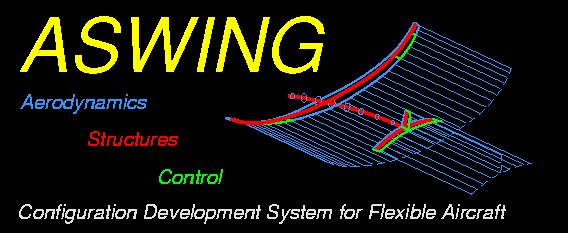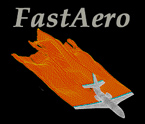
| |
| Home Bat Flight Flapper Design Tool Development Future Projects Publications Contact the Team |
| Multifidelity Tool Development and Use |
In order to understand the intricacies of flapping flight, a collection of useful computational tools has been developed. This collection of computational tools addresses the analysis using different physical modelling fidelity levels. In addition to using different fidelity levels, the computational tools are also at different stages of development (some being mature, while others are active areas of research). The computational tools currently considered are (1) HallOpt : HallOpt is a wake only potential flow analysis tool. The theory for this code comes from Hall et al (the Hall Brothers). The basic idea of this code is to determine the optimal distribution of vorticity (or circulation) in a wake shed by a fictitious flapping wing. The method will provide the best vorticity distribution for a given (desired) set of flight forces. The method provides an upper bound on the efficiency of the possible flight being sought. Although, it is likely that the most efficient design/platform is hard to achieve, it is possible to use the method to guide design decisions and understand the basic properties of flight. (2) ASWING : ASWING is a creation of Mark Drela (an author of XFOIL, AVL, MSES, etc.). The method is described on the ASWING website: . (3) FastAero : FastAero is an accelerated, high order, BEM potential flow method with a vortex-particle-method domain vorticity representation. This method was developed to address many of the drawbacks of traditional aerodynamics panel methods. This computational tool is fast due to the use of a precorrected FFT algorithm (Philips and White) used in conjunction with a Fast Multipole Tree approach (Greengard and Rohklin). (4) 3DG : 3DG is a high order Navier Stokes solver which is based on the Discontinuous Galerkin method. This particular code was written by Per-Olof Persson and Jaime Peraire. It has been developed to be a primarily compact code which can effectively address the high accuracy desired in many different situations (Fluid Structure Interactions, Acoustics, etc.). These tools are described individually on their respective webpages (see quicklinks to the right for additional information). Three of the four approaches for the analysis of flapping vehicles rely on simplified fluid models (potential flow).
The current project has been funded by several different sources at different times. We are very thankful to the following funding sources: Singapore-MIT Alliance (SMA), National Science Foundation (NSF), Natural Science and Engineering Councile of Canada (NSERC), and the Air Force Office of Scientific Research.
|
Copyright 2007, MIT. All rights reserved.
Aerospace Computational Design Laboratory, Department of Aeronautics and Astronuatics. Massachusetts Institute of Technology.
| Computational Methods | ||
|
||



